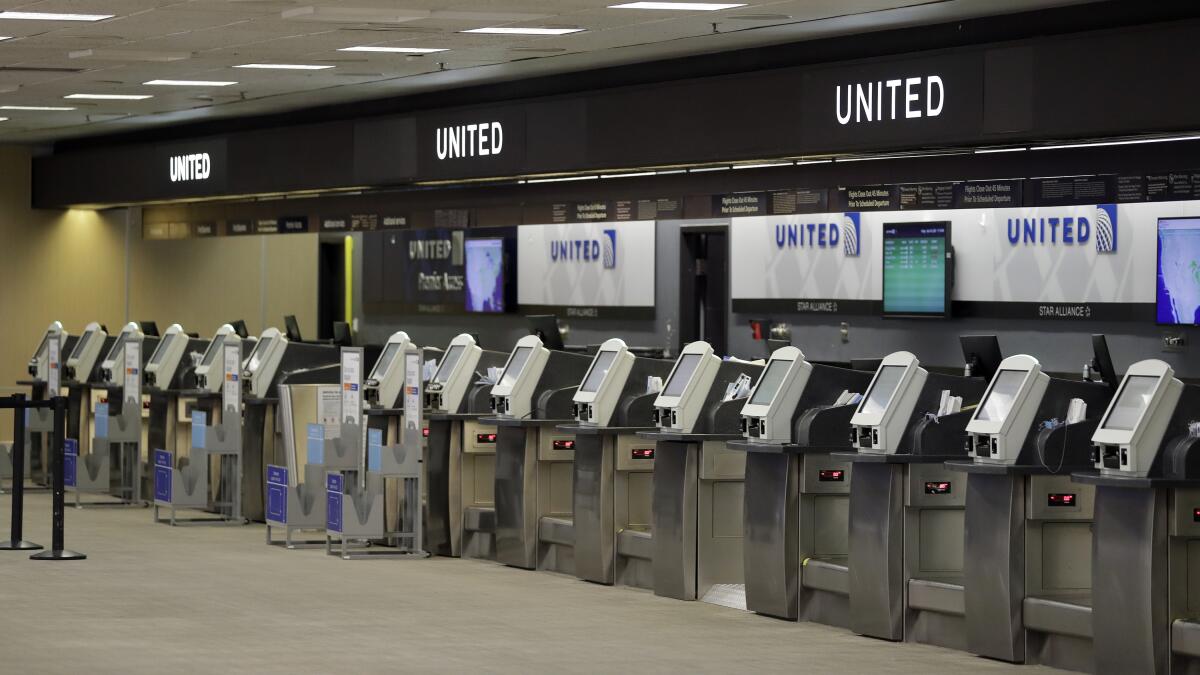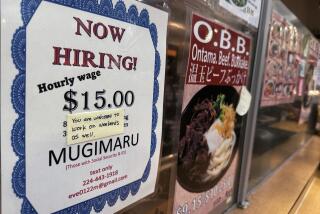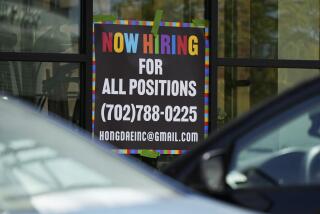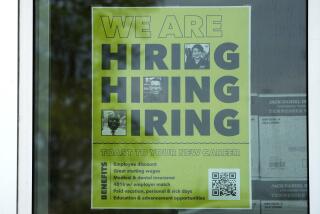Layoffs stuck at high level as 1.3 million seek jobless aid

WASHINGTON — More than 1.3 million Americans applied for unemployment benefits last week, a historically high pace that shows that many employers are still laying people off in the face of a resurgent coronavirus.
The persistently elevated level of layoffs is occurring as a surge in COVID-19 cases has forced California and five other states to reverse their move to reopen businesses. Those six — including Arizona, Colorado, Florida, Michigan and Texas — make up one-third of the U.S. economy. An additional 15 states have suspended their reopenings. Collectively, the pullback has stalled a tentative recovery in the job market and is probably triggering additional layoffs.
Thursday’s report from the Labor Department showed that the number of applications for unemployment aid fell from 1.4 million in the previous week. The figure has now topped 1 million for 16 straight weeks. Before the pandemic, the record high for weekly unemployment applications was fewer than 700,000.
The total number of people who are receiving jobless benefits dropped 700,000, to 18 million. That suggests that some companies are continuing to rehire workers.
An additional 1 million people sought benefits last week under a separate program for self-employed and gig workers that has made them eligible for aid for the first time. These figures aren’t adjusted for seasonal variations, so the government doesn’t include them in the official count.
Americans are seeking unemployment aid against the backdrop of a disturbing surge in confirmed viral cases, with increases reported in 38 states. Case counts have accelerated notably in California and three other states — Arizona, Florida and Texas — that together now account for more than half of reported new U.S. cases.
The intensifying outbreaks and more stringent government restrictions have slowed economic activity in much of the country and may be weighing on hiring. The government’s jobs report for June showed a solid gain of 4.8 million jobs and an unemployment rate that fell to 11.1% from 13.3%.
Yet even so, the economy has regained only about one-third of the jobs that vanished in March and April. And the June jobs report reflected surveys of Americans that were conducted in the middle of that month — before the pandemic flared up again.
More recent data are worrisome. Spending on credit and debit cards issued by Bank of America fell in the week that ended June 27 compared with the previous week. Auto and existing-home sales have slowed.
Restaurant visits have also leveled off nationally, including in states that haven’t begun to close down again, according to data from OpenTable, the reservations website.
“This suggests that renewed fears about the virus, rather than government restrictions, are driving the pullback in activity,” said Andrew Hunter, senior U.S. economist at Capital Economics, a forecasting firm.
More to Read
Inside the business of entertainment
The Wide Shot brings you news, analysis and insights on everything from streaming wars to production — and what it all means for the future.
You may occasionally receive promotional content from the Los Angeles Times.










